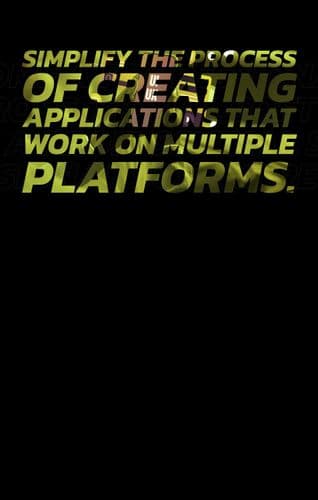
Support center +971 50 421 0005
Get in touch
- +971 50 421 0005
- [email protected]
- Al Reem Space,3706 Tamouh Tower, Abu Dhabi, UAE
- CN-5177413


Design, Marketing 23 Nov 2024

In today's fast-paced business world, with the growth of operations and the rising value of data, many companies struggle to manage a variety of disconnected IT tools that can’t communicate or work seamlessly together.
This is where Projecx steps in, offering the perfect solution to overcome these challenges. But first, let’s answer the question: What exactly is System Integration?
What exactly is system integration?
System Integration is the process of seamlessly connecting various software or hardware components into a unified infrastructure. This ensures that diverse systems, data, and information work together effortlessly.
It also involves IT integration or software integration, where different systems or tools are combined into a single, cohesive system that functions as one.
In simple terms, system integration is the process of connecting two or more systems to work together seamlessly.
The purpose of system integration includes:
-
Maximizing the use of multiple tools: Many tools are designed to serve various purposes individually. Integration brings them together for greater efficiency.
-
Streamlining information flow: Different stakeholders—suppliers, consumers, and shareholders—can access the data they need for their specific purposes.
For example:
- Suppliers can track raw material levels in real-time.
- 2.Buyers can monitor inventory of finished products.
- Shareholders get instant insights into the company's performance through a real-time dashboard.
Why System Integration?
System integration empowers your company to seamlessly exchange data—the most valuable asset in today’s tech-driven world. It ensures smooth and efficient use of information, enhancing collaboration and decision-making across your business.
System Integration helps solve several common business challenges, such as:
-
Low productivity.
-
Uninformed decision-making.
-
High development costs.
By streamlining processes and improving data flow, system integration enhances efficiency and drives smarter business outcomes.
System Integration vs. Data Integration
Understanding the difference between system integration and data integration is essential for running your business effectively.
-
System integration connects different systems, enabling seamless access to information across platforms.
-
On the other hand, data integration involves consolidating data from various sources into one centralized storage, providing a unified view for better insights.
Both are critical, but they serve distinct purposes in optimizing your operations.
System Integration Cons
While system integration offers numerous benefits, it also presents some challenges. But don’t worry—Projecx is here to handle them for you! Our expert team is fully equipped to overcome these hurdles.
Here are some common complexities that we manage with ease:
-
Compatibility Issues: Different technology stacks can create integration difficulties.
-
Security and Compliance: Risks of data breaches and unauthorized access need to be mitigated.
-
Resource Constraints: System integration often requires significant investments in time, expertise, and money.
-
Maintenance and Upgrades: Updating one system without disrupting others can be tricky.
-
Change Management: Ensuring all stakeholders are aligned and properly trained is crucial.
With Projecx, these challenges are managed efficiently through careful planning and expert execution.
Why Do Projecx Experts Recommend System Integration?
System integration is a game-changer for your business, and our experts at Projecx have highlighted the key benefits:
-
Increased Efficiency and Productivity: Streamline operations and eliminate redundancies.
-
Improved Decision-Making: Access real-time data across all systems for smarter choices.
-
Greater Flexibility: Adapt quickly to new tools and technologies.
-
Lower Costs: Reduce operational expenses through optimized processes.
Let Projecx help you unlock these benefits with seamless system integration!
What Are the Different Types of System Integration?
System integration comes in various forms, but the Projecx team has identified four key types:
-
Data Integration.
-
Process Integration.
-
Application Integration.
-
Technological Integration.
In short, system integration is crucial for ensuring seamless business operations and safeguarding your valuable data. At Projecx, our team of experts is ready to meet all your needs. Just decide, and let us turn your vision into reality!
Ready for Transformation?



